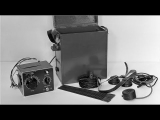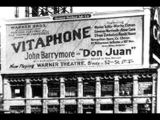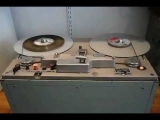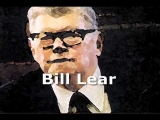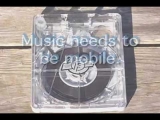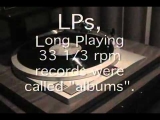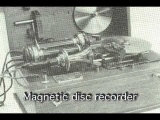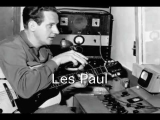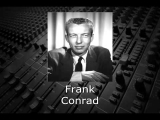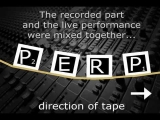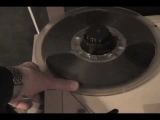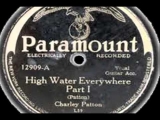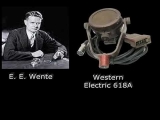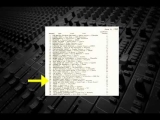The Father of AM Radio
The Father of AM Radio
In the 1890s both Marconi and Tesla were working on developing a method for wireless broadcasting. And both men were focused on transmission of Morse Code, the dots and dashes that were used for the radio used a spark-gap generator that broadcasted either a long burst of noise for a dash or a short burst for a dot, as the telegraph key was pressed. These bursts were picked up some distance away by a device called a coherer, essentially a wireless telegraph Reginald Fessenden at that time thought that broadcasting should not be limited to the telegraph, which was a soon-to-be obsolete technology. After all, Alexander Graham Bell in 1876 had invented the telephone, which could now transmit voice over wire, and Fessenden thought that both voice and music should also be able to be broadcasted as on the research of Heinrich Hertz, Fessenden proposed using a high-frequency sine wave carrier signal to amplitude modulate the audio signal, and in doing this, invented AM receive these AM signals Fessenden used an electrolytic detector, which was a forerunner of a crystal radio receiver. Fessenden called this the liquid barretter from a French word meaning exchanger, since it changed the radio signal into sound. Fessenden helped design an alternator-transmitter that was specially built for him by General Electric. Although the frequency and the power output were both less than he had hoped for, on December 21, 1906 he was able to broadcast voice. Three days later on Christmas Eve, he read a passage from the Bible, played a phonograph recording of a Handel piece, and played O Holy Night on his violin, making this the first music broadcast.
